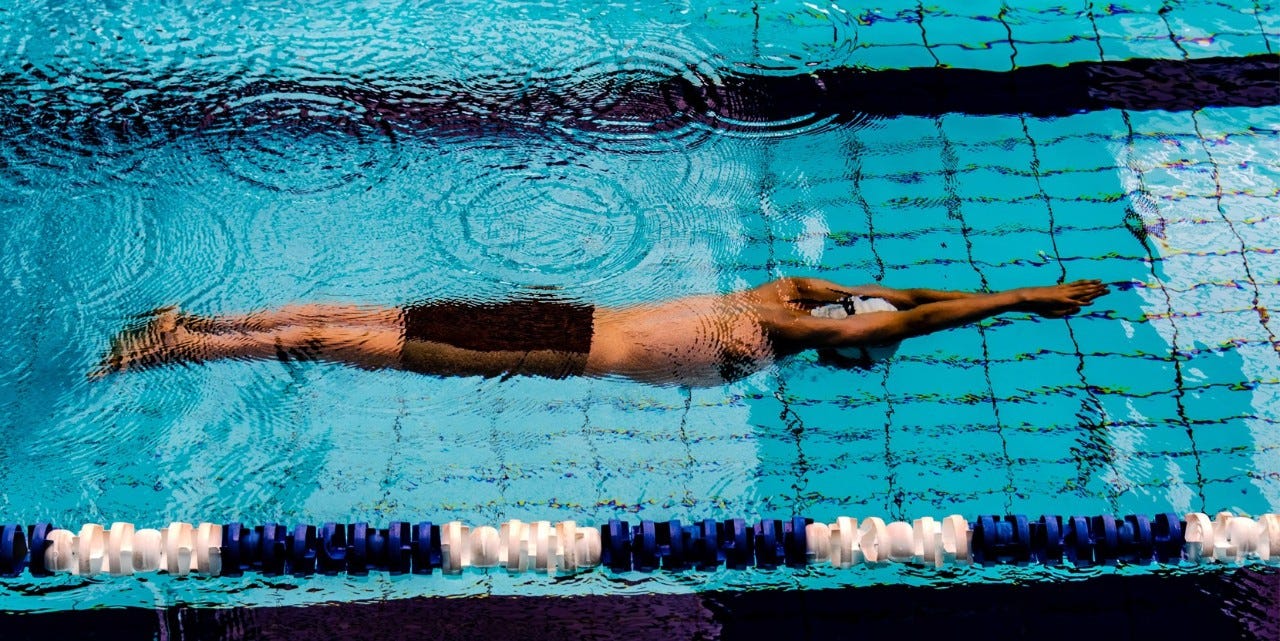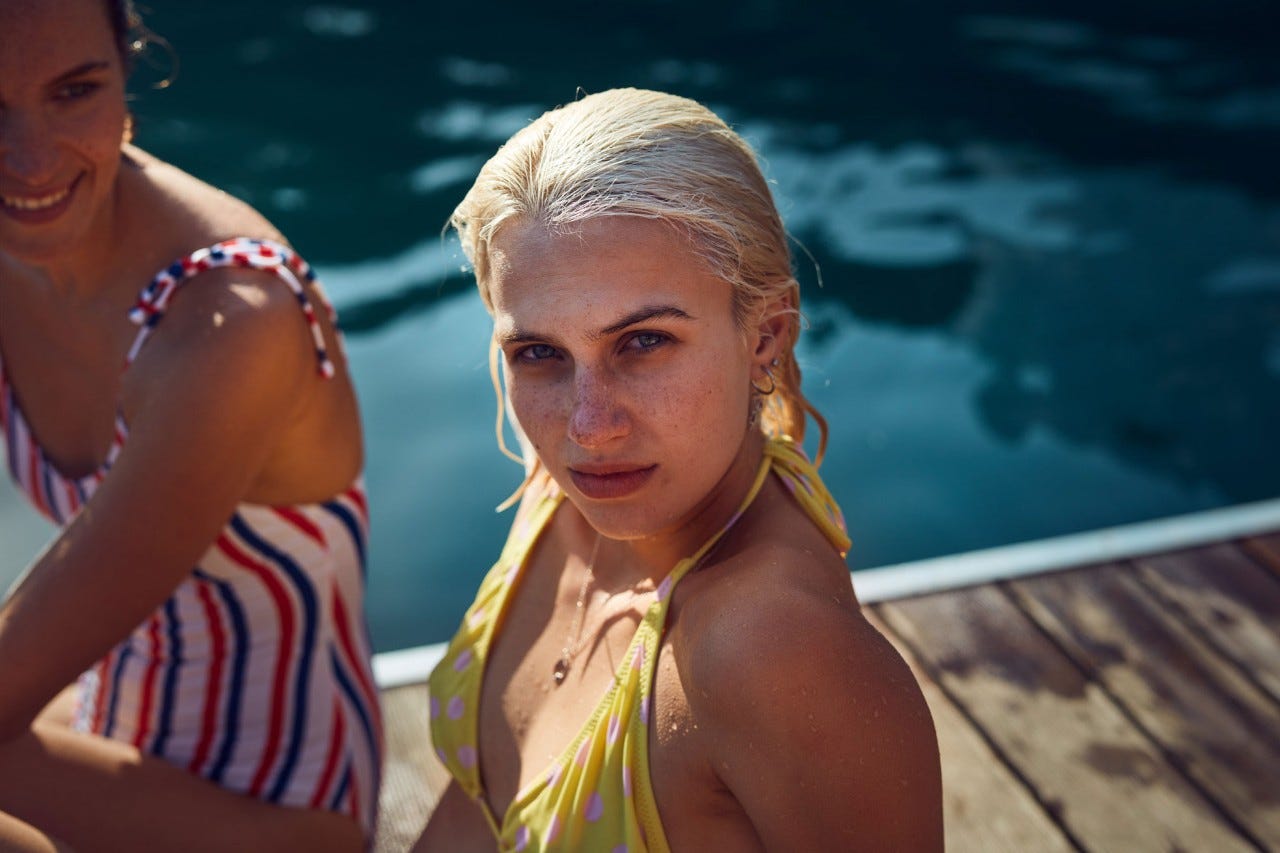Swimming – relax!
Regular swimming is good for your muscles and is the perfect cardiovascular workout. Swimminginstructor Urs Zgraggen explains what you need to do to get the most out of swim training.

Swimming instructor Urs Zgraggen explains in an interview what you should look out for when swimming.
Swimming is like riding a bike: once learned, never forgotten. True or false?
True. Thankfully Swiss primary schools attach great importance to getting children used to the water, teaching them to feel at ease in the water and mastering the basics. Breathing, diving, floating, pushing off and gliding are key elements in learning to swim. When you’re learning to swim it’s particularly important to make lessons fun and relaxed.
Is there one stroke that most people want to learn?
The most popular stroke is undoubtedly the crawl. We get a lot of requests for lessons from both men and women. Crawl is a verytechnical stroke. The right breathing and arm movements are essential if you want to do crawl properly. However, once you’ve got the right movement, with a good coach you’ll make good progress in three or four months.
“Crawl is a verytechnical stroke. The right breathing and arm movements are essential if you want to do crawl properly.”
Why is swimming so popular?
Swimming regularly is a great way of staying healthy. It’s a workout that combines cardiovascular and strength training while also being kind on the joints. Regular swimming is also great for losing weight. In water you burn 20% to 40% more calories than if you were doing the same exercise on dry land.
What methods do you use to pinpoint errors and optimise movements?
An experienced coach can quickly identify problem areas and help to correct them using floats, drills, video analyses and isolated movements. A new trend, which we also incorporate in our courses, is to use short fins and snorkels. Snorkels, for example, are great for learning to crawl, because they help you focus on getting the movement right without having to think about the breathing technique. Short fins help improve your position in the water and allow you to move through the water more easily, which is a great advantage if you’re learning to crawl.
“In water you burn 20% to 40% more calories than if you were doing the same exercise on dry land.”
Three tips from Urs Zgraggen
Breathe smoothly! Your breathing should flow evenly. Breathing exercises are particularly important for crawl, because they improve your flexibility of breathing and CO2 tolerance. For example, you can swim crawl for 300 metres (6x50m) and vary your breathing rhythm every 50 metres. For the first 50 metres take one breath every three strokes, then three, five, seven, seven, five and back to every three strokes for the last 50 metres.
Paddle exercises! All good swimmers work with paddles to improve their feeling for the water and glide more efficiently and elegantly. One example is duck swimming. With this crawl exercise, your head stays flat on the water and your arms are underwater with your elbows pressed into your body. Keeping your upper arms still, paddle with your lower arms.
Relax! When you swim you need to stay as loose as possible. Beginners in particular are often far too stiff in the water. Just relax and let yourself go. If you use less power and focus on buoyancy and resistance of the water, you’ll glide through it much more efficiently.



